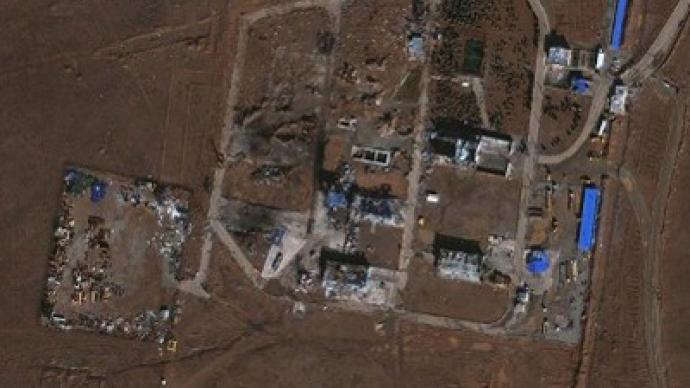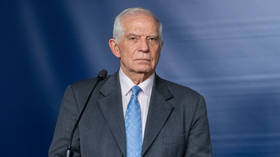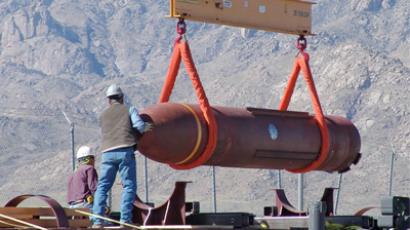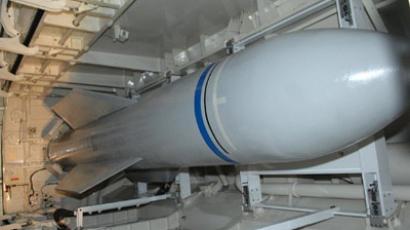Concrete message: Iran ‘supershield’ to thwart US ‘superbomb’

Pentagon’s joy at getting tons of money for a bigger, badder bomb was, apparently, premature. Iran claims to have invented “super concrete” – of a type that will stop the Massive Ordnance Penetrator from penetrating… well, anything.
Iran is known for being one of the most earthquake-prone countries in the world. As a result, their scientists have gotten really good at creating ultra-high performance concrete, or UHPC, which is one of the toughest and most rigid building materials in the world. And like any dual-use technology, it can have military applications as well – something the Iranians are keen to utilize.What they’ve done is the exact opposite of that age-old adage: “if it ain’t broke, don’t fix it”. But it will allegedly allow Iran to effectively stop any potential bombing of strategic facilities that are in the Pentagon’s scope. No breaking, no fixing. Just good old stonewalling of the literal variety.
The move will most likely cause a lot of anxiety in Washington. But the irony is that not only did Iran make an unexpected knight’s move, but it did so by mirroring the steps taken by the US Department of Defense.With tensions around Iran’s nuclear program mounting, US defense secretary Leon Panetta said the existing modification of the bunker-buster MOP bomb wasn’t up to scratch; that it wouldn’t, in fact, even make a scratch on facilities like the Fordo research center, hidden under 300 feet of Iranian bedrock. So they took the massively limited ordnance penetrator and added $86 million worth of modifications – all to increase the bunker buster’s range. It’s not known exactly how much money Iran spent on improving their UHPC, but it’s unlikely to be on the same scale as the US. The Pentagon has so far spent over $400 million on a bunker-buster bomb that looks unlikely to ever bust anything other than a hole in the budget. And one thing is certain: this is a concrete stumbling block for the American military.
Katerina Azarova, RT














